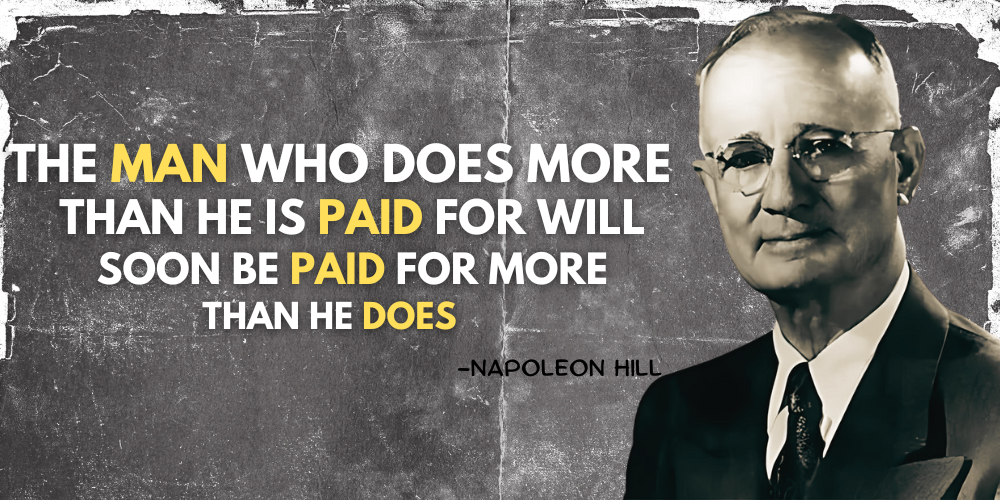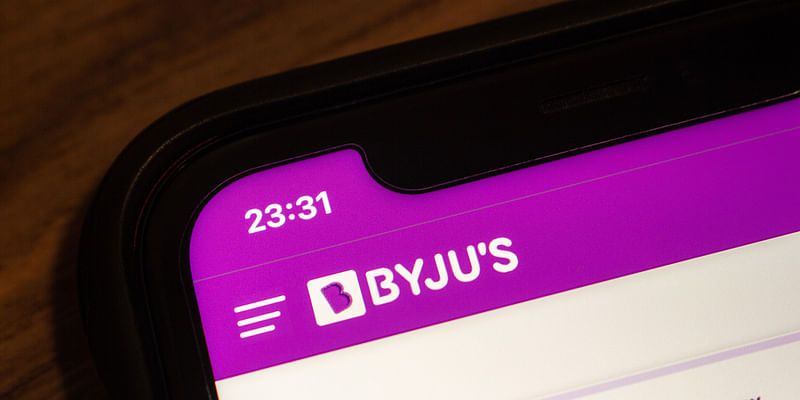Lost in the pages of history — the unsung heroines of India’s struggle for independence
The struggle for India’s freedom from British rule was a long-drawn one. In these clashes where lives were lost and sacrifices were made, women, too, played major roles.
While many of these women have found a place in the pages of history, they have not been given credit for their contributions to the country. Although they have had parks, roads, and memorials in their names, their efforts have gone largely unnoticed.

On the occasion of our 70th Independence, let us remember some of these unsung heroines.
1)Begum Hazrat Mahal — The Begum of Awadh was the first wife of Nawab Wajid Ali Shah. As the Nawab was exiled to Calcutta, the Begum took over and led the people of Awadh against the British in the Revolt of 1857. She managed to install her son, Prince Birjis Qadr, as the ruler of Awadh. However, the prince’s rule was short-lived, and the Begum had to flee, finding asylum in Nepal, where she was buried after her death in 1879.
Her tomb is a long-forgotten place and not well maintained. A traveller who went looking for her pleaded to the government to restore her resting place to its former glory and this is the couplet he remembered:
Ai bad-e-saba aahista chal
Yahan soee hui hai Mahak Pari
(O’ zephyr, blow sweetly and calmly
Here lies in slumber Mahak Pari).
The Nawab had given her the title of Mahak Pari (fragrant fairy). Back home in Lucknow, in 1962, the Begum Hazrat Mahal Park was named after her.
2) Bhikaji Cama — “Work for India’s freedom and Independence. When India is independent women will get not only the Vote, but all other rights,” is what Madam Bhikaji Cama told two Parsi women, narrates Geraldine Forbes in her book, Women in Modern India.
Born and educated in Mumbai — then Bombay — she was married in 1885. Her husband was a conservative man, shares Geraldine. In 1902, she travelled to London for medical treatment. While there, she met a group of expatriate revolutionaries. She joined their circle and moved to Paris, where she stayed for 30 years.
While in Paris, she co-founded the Paris Indian Society, and wrote and published revolutionary literature. She also co-designed a flag with Shyamji Krishna Varma. She called it the Flag of Indian Independence and unfurled it to appeal for independence from Great Britain. This flag was one of the templates for India’s national flag.
3) Kamaladevi Chattopadhyay — Jamila Brijbhushan in her book, Kamaladevi Chattopadhyaya — Portrait of a Rebel talks about how Kamaladevi was a born revolutionary. Born into an affluent family in Mangalore in 1903, she never liked to be confined indoors and was always conscious of the discrepancies between her own standard of life and of those around her.
She donned many hats, from social activist to freedom fighter and in later years, politician and actor too.
In the 1920s and 1930s, she was one of the many Indians who supported Gandhi’s call to work towards India’s independence. She was in London in the 1920s, but came back to support the freedom struggle. A women’s rights activist, she established the All-India Women’s Conference, and set up educational institutions for women. She was the sister-in-law of Sarojini Naidu.
Post independence, she worked towards the betterment of India’s arts, crafts, and indigenous culture.
4) Sucheta Kriplani — The Quit India Movement saw Sucheta Kriplani at the forefront in the 1940s. She worked closely with Gandhi during the partition riots too. In 1940 she founded the All India Mahila Congress. She also sang “Vande Mataram” before Nehru’s “Tryst with Destiny” speech.
In 1963, she became the first female Indian Chief Minister when she began heading the Uttar Pradesh government.
5) Kanaklata Barua — Kanaklata Barua (1924–1942) was fondly called Birbala. One of the freedom fighters from Assam, she joined the Quit India Movement. As part of the Mrityu Bahini (death squad) which was formed by the youth of Gohpur sub-division of Assam, she decided to hoist the national flag at the local police station but was shot by the police and died. She was 17.
Kanaklata was commemorated in 2011 when her life-size statue was unveiled at Gauripur. The Indian Coast Guard’s Fast Patrol Vessel commissioned in 1997 is named after her.
These are just a few women in a long list that exists in the pages of history; a past that has much inspiration to offer, which unfortunately lies forgotten by all of us, only to be revisited on days such as this — our independence day.
(image credits- www.firkee.in, www.timescontent.com, www.kamat.com, en.wikipedia.org











